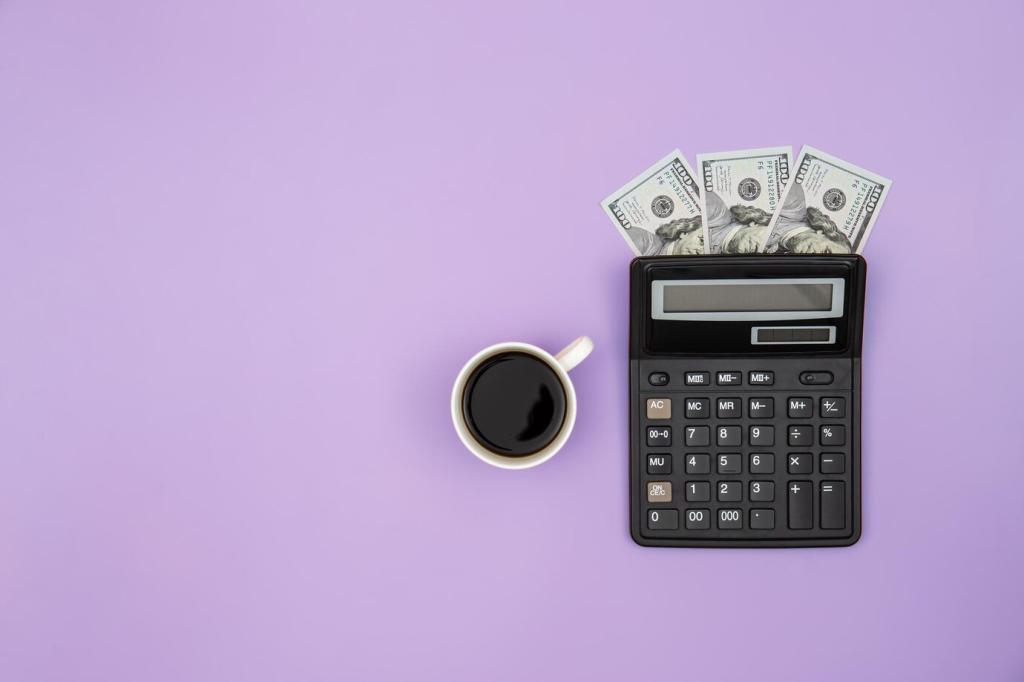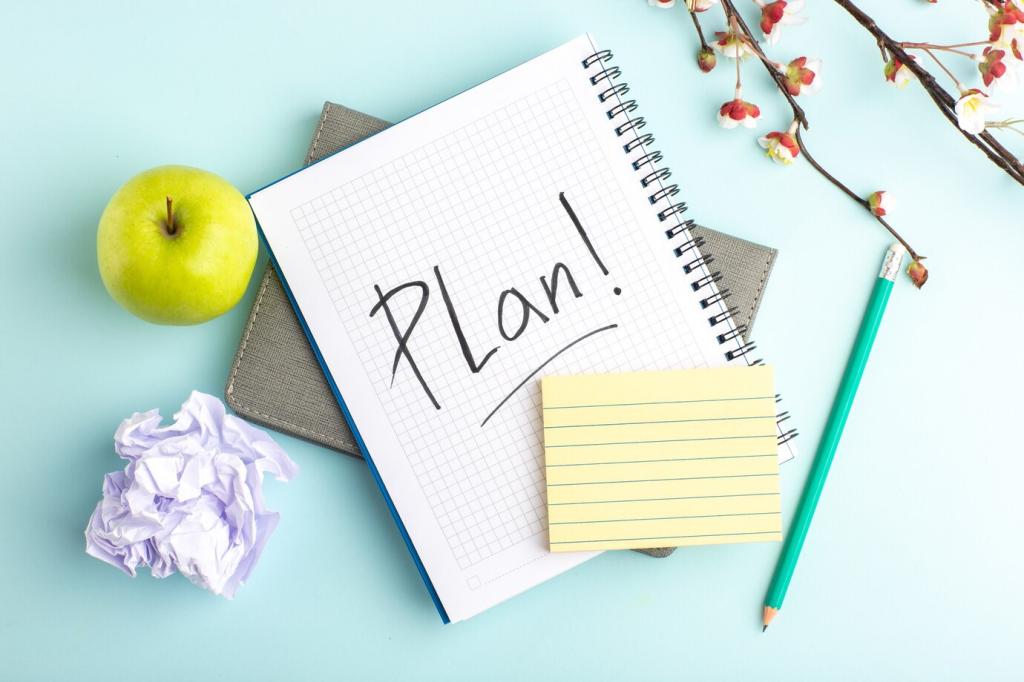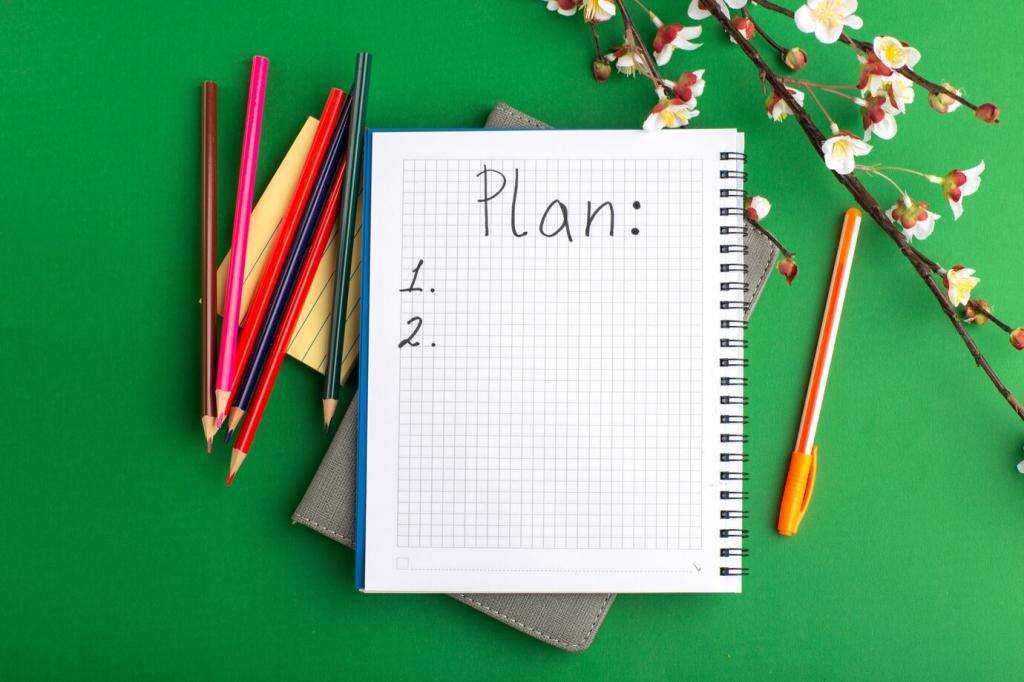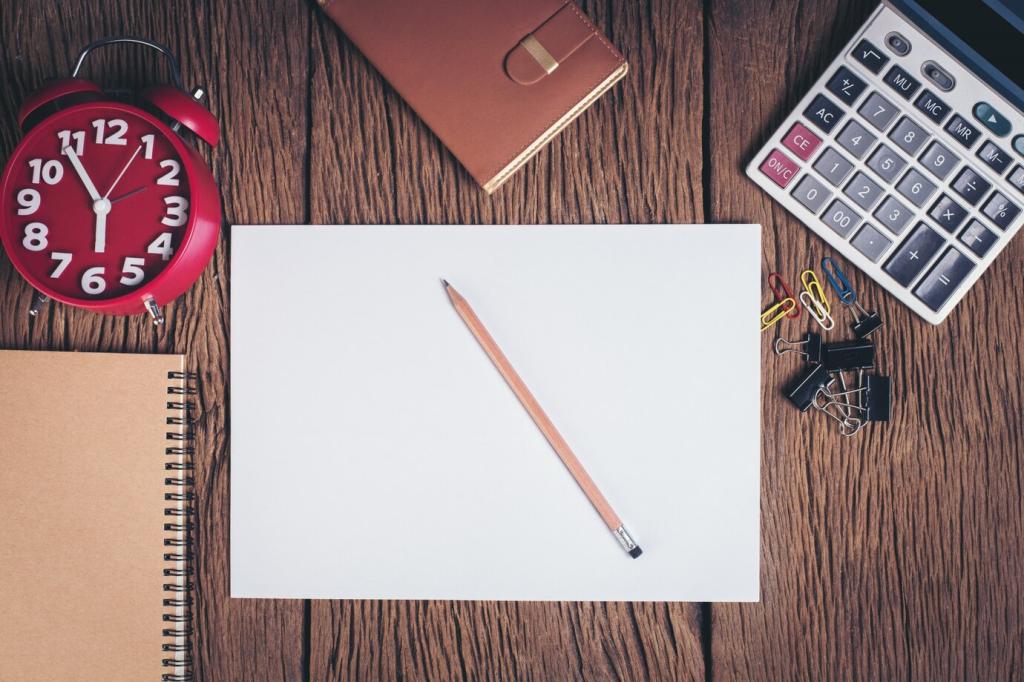Chosen theme: How to Build an Emergency Fund from Scratch. This friendly guide shows you step by step how to create financial breathing room, even if you are starting at zero. Stick with us, share your progress in the comments, and subscribe for weekly encouragement.

A Cushion, Not a Cash Magnet
An emergency fund is a protective cushion for true surprises: medical bills, car repairs, sudden job loss. It is not vacation money or a gadget fund. Labeling its purpose protects your progress when impulse spending tries to sneak in.
Stress Reduction You Can Measure
People who maintain even a small emergency fund report sleeping better, arguing less about money, and making fewer panicked decisions. Fewer financial fires means more calm, focused choices that support your long-term goals and everyday peace of mind.
A Story from a Flat Tire
When my neighbor’s tire blew on a rainy night, she paid the shop without touching her credit card. That tiny victory—covered by a modest emergency stash—sparked her commitment to build a full three months of expenses. Start small, feel big.
Set Your Target: How Much to Save
Begin by estimating bare-bones monthly expenses: rent or mortgage, groceries, utilities, transportation, minimum debt payments. Save toward one month first. This early win builds momentum and proves your plan works in real life situations.
Set Your Target: How Much to Save
After reaching one month, work toward three months. If your income is variable, self-employed, or commission-based, aim for at least four to six months. Adjust as your household size, career stability, or health needs change over time.

Start from Zero: Tiny Habits with Big Results
Round-Ups and Found Money
Activate purchase round-ups, stash cashback, and sweep any unexpected refunds directly into your emergency fund. Treat every windfall—even ten dollars—as a tool to shorten the distance between you and financial stability.


Name the Account to Train Your Brain
Open a separate, insured savings account and name it clearly, like “Emergency Safety Net.” A visible label reduces temptation while reinforcing your purpose every time you log in to check your growing balance.
Set and Forget Transfers
Schedule an automatic transfer the day you get paid. Even twenty or thirty dollars matters. If cash is tight, start smaller and increase later. Consistency compounds your confidence as much as your balance.
Split Your Direct Deposit
If your employer allows, route a fixed amount of each paycheck straight into your emergency fund. You never see it in checking, reducing the urge to spend and making saving feel pleasantly effortless every payday.
Use a High-Yield, Accessible Home
Keep your fund in an insured, high-yield savings account separate from checking. You want easy access for real emergencies, but not instant swiping. A little interest plus a little friction helps you stay disciplined.

Trim Costs Without Feeling Deprived
Audit Subscriptions in Ten Minutes
Open your statements and highlight anything you have not used in a month. Cancel, pause, or downgrade. Then transfer the exact cancelled amount to your emergency fund so the savings actually become savings.
Negotiate the Quiet Bills
Call your internet or phone provider and ask for promotional pricing or a loyalty discount. A five-minute script can save surprising money. As soon as the bill drops, automate the difference to your emergency account.
Swap, Don’t Stop
Instead of cutting coffee, brew at home on weekdays and keep your favorite café for Fridays. Celebrate saved dollars with a transfer and a quick note in your savings journal. Share your best swaps in the comments.
Boost Income to Accelerate the Fund
List unused electronics, furniture, and hobby gear. Price reasonably and ship promptly. Create a dedicated folder for sales proceeds and transfer every payment to your emergency fund the moment it arrives for instant progress.
Boost Income to Accelerate the Fund
Pick a short-term side gig—deliveries, tutoring, freelance design—and set an end date. Knowing it is temporary keeps you energized. Track total earnings publicly in our community and inspire others to take a sprint.


Protect the Fund: Rules for Use and Refill
01
Define a True Emergency
Qualifiers might include job loss, medical care, necessary car or home repairs, or travel for family crises. Non-qualifiers include sales, vacations, and gifts. Post this list near your desk so future you sticks to the plan.
02
Withdraw with Intention, Then Replenish
If you must use the fund, log the reason and set a timeline to refill it. Divert any expected refunds, bonuses, or side-gig money until your balance returns to its target level and your safety net feels steady again.
03
Keep It Separate from Investing
Avoid tying your emergency fund to volatile assets. Your goal is reliability, not returns. Stability ensures that when you need cash tomorrow, market swings will not decide whether your car gets repaired today.


Stay Motivated: Make Progress Visible
Use a thermometer chart, a habit app, or colored jars for milestones. Watching each segment fill rewires your brain to crave another small win. Snap a photo and share your latest milestone to cheer others on.
Stay Motivated: Make Progress Visible
Invite a friend or partner to build alongside you. Swap weekly updates, celebrate transfers, and share scripts that worked. Comment with your first milestone date so readers can rally around your progress publicly.
